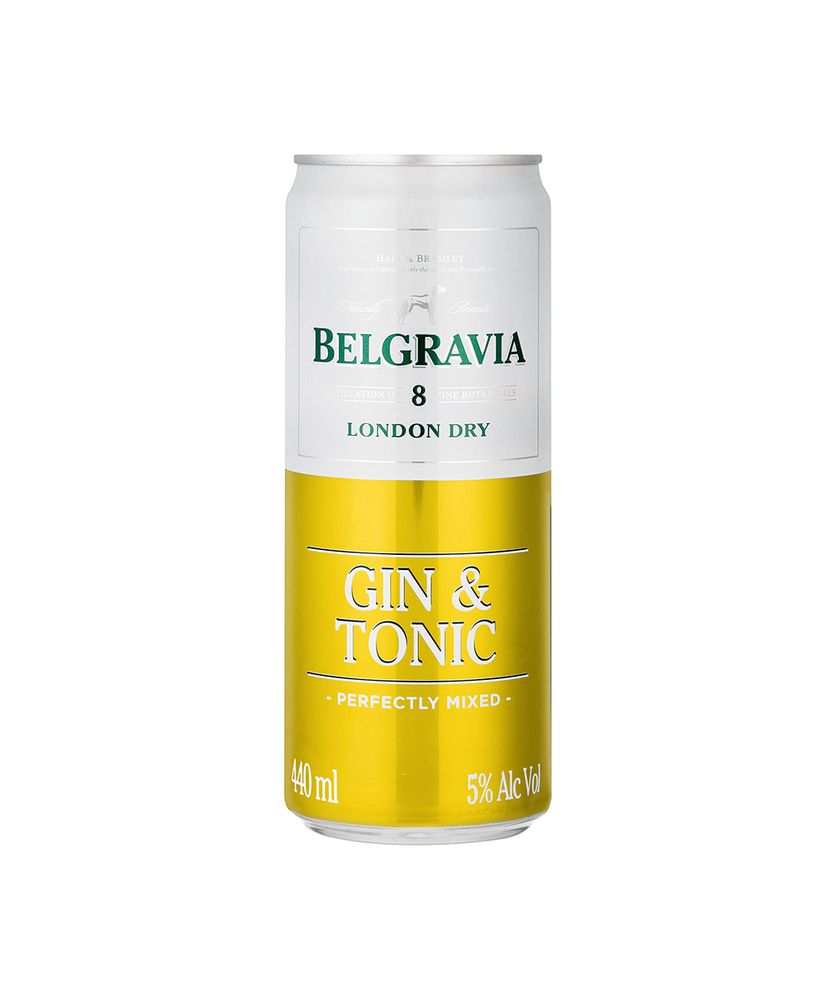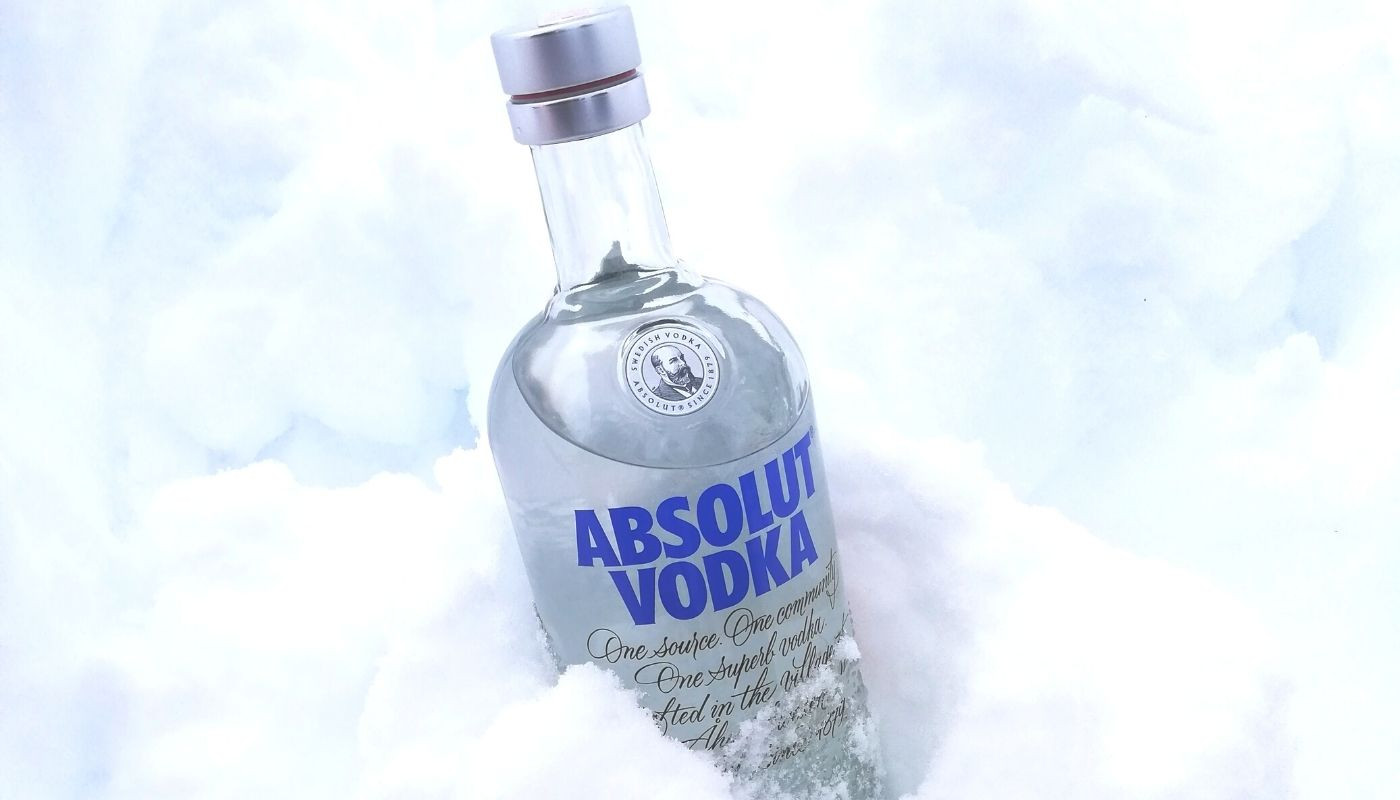Gin And Tonic Alcohol Percentage: The Ultimate Guide To Your Favorite Drink
Ever wondered how strong your gin and tonic really is? Let’s dive into the world of gin and tonic alcohol percentage, because let’s be real—this drink is more than just a mix of gin and bubbly water. It’s an art form, a science, and sometimes, a lifesaver on a Friday night.
Now, you might think a gin and tonic is just a simple cocktail, but there’s a lot more to it than meets the eye. The alcohol percentage in your G&T can vary wildly depending on the gin you choose, the amount of tonic water, and even how generous your bartender is with the pour. If you’re someone who likes to know exactly what’s in your glass, you’re in the right place.
This guide will break down everything you need to know about gin and tonic alcohol percentage. From the basics of ABV (alcohol by volume) to advanced tips for crafting the perfect drink, we’ve got you covered. So grab your favorite glass, pour yourself a drink, and let’s get started.
Read also:Goblins Cave Anime The Hidden Gem Of Fantasy Adventure
Here’s a quick list of what we’ll cover:
- What is Gin and Tonic Alcohol Percentage?
- Factors Affecting G&T Strength
- How to Calculate ABV in Your G&T
- Popular Gin Brands and Their ABV
- Tonic Water: Does It Affect Alcohol Content?
- Best Practices for Mixing Your G&T
- G&T Serving Sizes and Tips
- Health Considerations and Responsible Drinking
- Frequently Asked Questions About Gin and Tonic
- Conclusion and Next Steps
What is Gin and Tonic Alcohol Percentage?
Let’s start with the basics. The alcohol percentage in your gin and tonic is measured by ABV, or alcohol by volume. This tells you how much alcohol is in your drink compared to the total volume. For example, if your gin has an ABV of 40%, that means 40% of the liquid in the bottle is pure alcohol. Now, when you mix it with tonic water, the ABV drops because tonic water doesn’t contain any alcohol.
The final ABV of your gin and tonic depends on the ratio of gin to tonic water. A typical G&T might have an ABV around 8-12%, but this can vary depending on how much gin you use and the strength of the gin itself. Some people like their G&Ts strong, while others prefer a lighter, more refreshing drink.
Factors Affecting G&T Strength
So, what exactly influences the strength of your gin and tonic? There are a few key factors to consider:
- Gin ABV: Different gins have different alcohol percentages. Some premium gins can go up to 47% ABV, while others are closer to 37%. The higher the ABV of your gin, the stronger your G&T will be.
- Gin-to-Tonic Ratio: The amount of gin you add to your tonic water makes a big difference. A 1:2 ratio (1 part gin to 2 parts tonic) is standard, but some people go for a stronger 1:1 ratio.
- Tonic Water: While tonic water doesn’t contain alcohol, it dilutes the gin, which lowers the overall ABV of the drink.
- Ice: Melting ice can also dilute your drink over time, reducing the alcohol percentage as you sip.
How to Calculate ABV in Your G&T
Calculating the ABV of your gin and tonic is easier than you think. Here’s a quick formula:
(Gin ABV × Amount of Gin) ÷ Total Volume of Drink = Final ABV
Read also:Salomelons The Sweet Juicy Treat Thats Taking The World By Storm
Let’s break it down with an example. Say you’re using a gin with 40% ABV, and you pour 50ml of gin into a glass. You then add 150ml of tonic water, bringing the total volume of the drink to 200ml.
(40% × 50ml) ÷ 200ml = 10%
So, your gin and tonic would have an ABV of around 10%. Pretty simple, right?
Tips for Accurate Calculations
Here are a few tips to make sure your calculations are spot on:
- Measure your ingredients carefully. Use a jigger or measuring cup to get the right amounts.
- Consider the dilution from ice. If you let your drink sit for a while, the ABV may decrease as the ice melts.
- Be mindful of tonic water quality. Some tonic waters have more sugar or carbonation, which can affect the taste but not the alcohol content.
Popular Gin Brands and Their ABV
Not all gins are created equal. Here’s a quick rundown of some popular gin brands and their alcohol percentages:
- Bombay Sapphire: 40% ABV
- Hendrick’s Gin: 41.4% ABV
- Gordon’s London Dry Gin: 37.5% ABV
- Tanqueray: 47.3% ABV
- Beefeater: 40% ABV
As you can see, some gins are stronger than others. If you’re looking for a powerful kick, go for a high-ABV gin like Tanqueray. But if you prefer something smoother, a lower-ABV option like Gordon’s might be more your style.
How Does Gin ABV Affect Taste?
The alcohol percentage in your gin can have a big impact on the taste of your drink. Higher ABV gins tend to have a stronger, more intense flavor profile, while lower ABV gins are often smoother and more approachable. It all depends on your personal preference and what kind of cocktail experience you’re looking for.
Tonic Water: Does It Affect Alcohol Content?
Tonic water doesn’t contain any alcohol, but it plays a crucial role in determining the final ABV of your gin and tonic. The more tonic water you add, the lower the alcohol percentage will be. That’s why the gin-to-tonic ratio is so important.
Some people swear by a 1:1 ratio for a stronger drink, while others prefer a 1:3 ratio for something lighter and more refreshing. It all comes down to personal taste, but knowing the basics can help you tailor your G&T to your liking.
Types of Tonic Water
Not all tonic waters are the same. Here are a few popular options:
- India Tonic Water: Classic, slightly sweet flavor
- Low-Sugar Tonic Water: Perfect for those watching their sugar intake
- Flavored Tonic Water: Comes in varieties like lime, lemon, or elderflower
While the type of tonic water won’t affect the alcohol content, it can definitely change the taste of your drink. Experiment with different options to find your favorite!
Best Practices for Mixing Your G&T
Now that you know the basics, let’s talk about how to mix the perfect gin and tonic. Here are a few tips:
- Use a high-quality gin and tonic water for the best flavor.
- Chill your glass and tonic water beforehand for a refreshing drink.
- Add plenty of ice to keep your drink cold and dilute it slightly as you sip.
- Experiment with garnishes like lime, lemon, or cucumber for extra flavor.
Remember, the key to a great G&T is balance. Too much gin and your drink might be too strong, while too much tonic water can make it taste bland. Find the right ratio that works for you.
G&T Serving Sizes and Tips
When it comes to serving sizes, a standard gin and tonic is usually around 200ml, with 50ml of gin and 150ml of tonic water. However, you can adjust these amounts based on your preferences.
Here are a few serving tips:
- Use a tall glass, like a highball glass, for a classic G&T presentation.
- Fill the glass with ice before adding your gin and tonic water.
- Stir gently to combine the ingredients, but don’t overmix.
And don’t forget to enjoy your drink responsibly. A gin and tonic might seem light and refreshing, but it can still pack a punch depending on the alcohol percentage.
Health Considerations and Responsible Drinking
While a gin and tonic can be a delightful treat, it’s important to drink responsibly. The alcohol percentage in your drink can affect how quickly you feel its effects, so always be mindful of how much you’re consuming.
Here are a few health tips:
- Alternate your G&Ts with water to stay hydrated.
- Be aware of the sugar content in tonic water, especially if you’re watching your diet.
- Set limits for yourself and stick to them to avoid overindulging.
Remember, moderation is key. A well-crafted gin and tonic can be a delicious way to unwind, but it’s important to enjoy it in a safe and responsible manner.
Frequently Asked Questions About Gin and Tonic
Q: How strong is a typical gin and tonic?
A typical gin and tonic has an ABV of around 8-12%, depending on the gin-to-tonic ratio and the strength of the gin used.
Q: Can I make my G&T stronger?
Yes! Simply increase the amount of gin in your drink or choose a higher-ABV gin. Just be mindful of how strong you want it to be.
Q: Does tonic water affect the alcohol content?
Tonic water doesn’t contain alcohol, but it dilutes the gin, which lowers the overall ABV of the drink.
Q: What’s the best gin for a gin and tonic?
That depends on your taste preferences! Some popular choices include Bombay Sapphire, Hendrick’s, and Tanqueray. Experiment with different brands to find your favorite.
Conclusion and Next Steps
So there you have it—the ultimate guide to gin and tonic alcohol percentage. Whether you’re a seasoned cocktail enthusiast or just starting to explore the world of G&Ts, understanding the factors that influence your drink’s strength can help you craft the perfect cocktail every time.
Remember, the key is balance. Find the right ratio of gin to tonic water, choose a high-quality gin, and don’t forget to enjoy your drink responsibly. And hey, if you’ve got any tips or tricks of your own, drop them in the comments below. We’d love to hear from you!
Now go forth and sip responsibly. Cheers!
Article Recommendations


